ADHD Medication Matchmaker
Let's find the ADHD medication that fits your needs
1. What's your primary goal?
2. Do you have any comorbid conditions?
3. What side effects are most concerning to you?
4. How often do you want to take medication?
Quick Takeaways
- Strattera (Atomoxetine) is a non‑stimulant approved for ADHD in children, adolescents, and adults.
- It works by increasing norepinephrine levels, not dopamine, so it has no abuse potential.
- Stimulants such as Methylphenidate and Amphetamine deliver faster symptom relief but carry higher risk of insomnia, appetite loss, and dependence.
- Alpha‑2 agonists like Guanfacine and Clonidine are useful for patients with comor‑bidity (e.g., anxiety, tics) and can be combined with other agents.
- Bupropion offers a hybrid profile - modest stimulant‑like effect without typical stimulant side‑effects, but it isn’t FDA‑approved for ADHD.
What is Strattera (Atomoxetine)?
Strattera is the brand name for Atomoxetine, a prescription medication used to treat attention‑deficit/hyperactivity disorder (ADHD). Unlike traditional stimulants, it belongs to the selective norepinephrine reuptake inhibitor (NRI) class, meaning it blocks the reuptake of norepinephrine in the brain, allowing higher levels of this neurotransmitter to improve attention and impulse control.
How Strattera Works: Mechanism of Action
The drug’s primary action is to increase synaptic norepinephrine. Higher norepinephrine improves signal‑to‑noise ratio in the prefrontal cortex, the brain region responsible for executive functions. Because it does not significantly affect dopamine pathways, Atomoxetine does not produce the euphoria that drives misuse.
Key Benefits and Drawbacks of Strattera
- Benefit: No known abuse potential - safe for patients with a history of substance use.
- Benefit: Once‑daily dosing simplifies adherence.
- Benefit: Can be used alongside certain antidepressants.
- Drawback: Therapeutic effects may take 2-4 weeks to become noticeable.
- Drawback: Common side‑effects include dry mouth, constipation, and mild insomnia.
- Drawback: Rare but serious risk of liver injury and suicidal thoughts in adolescents.
Overview of Common Alternatives
When clinicians consider alternatives, they usually start with the stimulant family because of their rapid onset and strong efficacy. Below is a snapshot of the most frequently prescribed options.
Methylphenidate (e.g., Concerta, Ritalin)
A dopamine‑norepinephrine reuptake inhibitor that raises both neurotransmitters. Onset within 30-60 minutes, with a high response rate (~70‑80%). Side‑effects: appetite suppression, insomnia, increased heart rate, and potential for misuse.
Amphetamine (e.g., Adderall, Vyvanse)
Works by releasing dopamine and norepinephrine from presynaptic vesicles. Offers robust symptom control, especially for severe ADHD. Risks include anxiety, cardiovascular strain, and higher abuse liability.
Guanfacine (Intuniv)
An alpha‑2A adrenergic agonist that strengthens prefrontal cortical regulation. Particularly helpful for patients with comorbid tics or anxiety. Side‑effects: daytime fatigue, low blood pressure, and dizziness.
Clonidine (Kapvay)
Another alpha‑2 agonist, often used in combination with stimulants to smooth out rebound hyperactivity. Main concerns are sedation and potential rebound hypertension if stopped abruptly.
Bupropion (Wellbutrin)
Primarily an antidepressant that inhibits norepinephrine and dopamine reuptake. Off‑label use for ADHD, especially in patients who cannot tolerate stimulants. Benefits include a lower risk of appetite loss, but efficacy is modest and it isn’t FDA‑approved for ADHD.
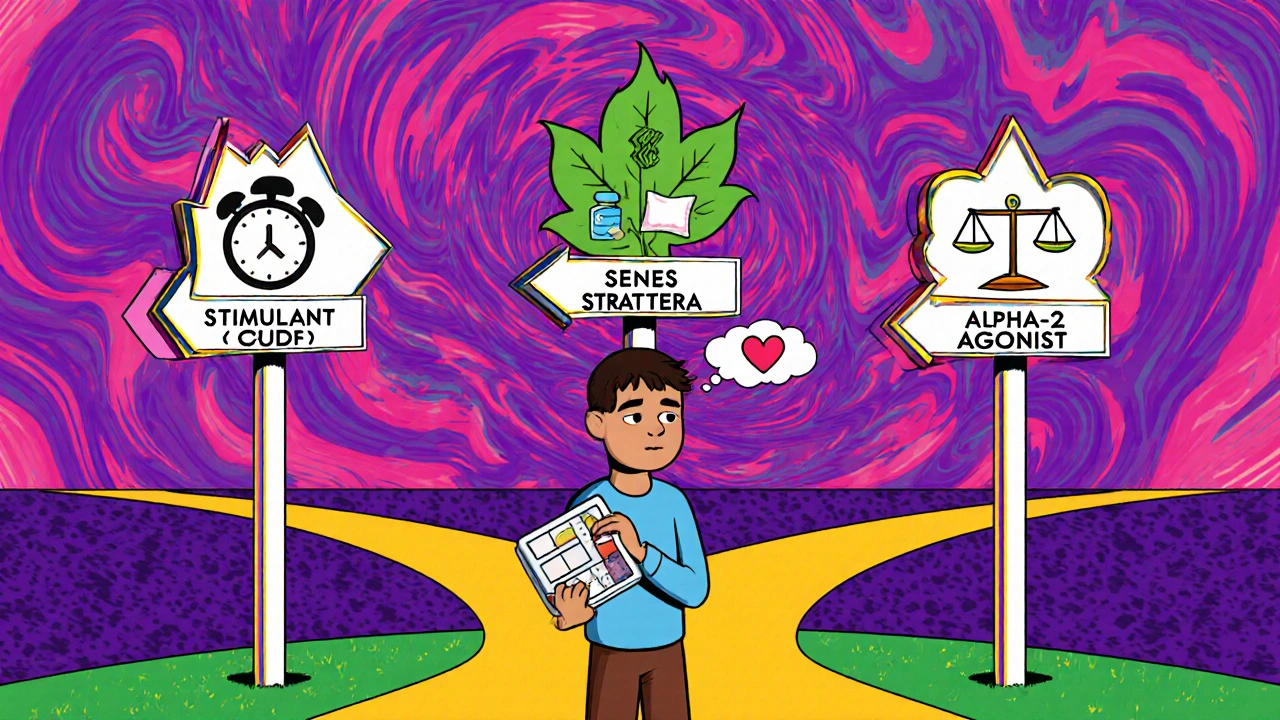
Side‑by‑Side Comparison
| Medication | Class | Mechanism | Onset (hrs) | Common Side‑Effects | Abuse Potential | FDA‑Approved for ADHD |
|---|---|---|---|---|---|---|
| Strattera (Atomoxetine) | Non‑stimulant NRI | Increases norepinephrine | 24-72 | Dry mouth, constipation, insomnia | None | Yes |
| Methylphenidate | Stimulant | Dopamine‑norepinephrine reuptake inhibitor | 0.5-1 | Appetite loss, insomnia, ↑BP/HR | High | Yes |
| Amphetamine | Stimulant | Releases dopamine & norepinephrine | 0.5-1 | Anxiety, ↑BP/HR, insomnia | High | Yes |
| Guanfacine | Alpha‑2A agonist | Enhances prefrontal cortical regulation | 1-2 | Fatigue, low BP, dizziness | None | Yes (Extended‑release) |
| Clonidine | Alpha‑2 agonist | Reduces sympathetic outflow | 1-2 | Sedation, dry mouth, rebound hypertension | None | Yes (Extended‑release) |
| Bupropion | Atypical antidepressant | Inhibits norepinephrine & dopamine reuptake | 2-4 | Insomnia, dry mouth, seizures (rare) | Low | No (off‑label) |
Choosing the Right Medication: Decision Guide
When you or a clinician weigh options, consider three practical axes:
- Symptom profile: If rapid focus improvement is critical, a stimulant (Methylphenidate or Amphetamine) is usually first‑line. If the patient also struggles with anxiety, tics, or a history of substance misuse, a non‑stimulant or alpha‑2 agonist may be safer.
- Side‑effect tolerance: Appetite loss and insomnia are common with stimulants; if those are deal‑breakers, try Strattera or Guanfacine.
- Lifestyle and adherence: Once‑daily dosing (Strattera, Guanfacine) fits busy schedules, whereas short‑acting stimulants may need multiple doses per day.
Here’s a quick matrix to help you match a profile with a drug class:
- High‑risk substance use: Strattera or Guanfacine.
- Need for fast onset (school mornings): Immediate‑release Methylphenidate.
- Comorbid depression or smoking cessation: Bupropion (off‑label) may hit two birds with one stone.
- Frequent nighttime awakenings: Avoid stimulants; consider Guanfacine or Clonidine.
Always involve a qualified prescriber. Titration schedules differ-most stimulants start low and increase weekly, while Strattera typically begins at 0.5 mg/kg/day and doubles after one week if tolerated.
Frequently Asked Questions
Can I take Strattera and a stimulant together?
Yes, doctors sometimes combine a low‑dose stimulant with Strattera to balance rapid symptom control (from the stimulant) and steady coverage (from Strattera). The combo requires careful monitoring for blood pressure and mood changes.
How long does it take for Strattera to work?
Most patients notice improvement after 2-4 weeks, though full effect can take up to 8 weeks. Patience and consistent dosing are key.
Is Strattera safe during pregnancy?
Current data are limited. The FDA classifies it as pregnancy category C, meaning risk cannot be ruled out. Doctors usually weigh benefits against potential risks and may prefer a stimulant with more safety data.
Why do some people feel sleepy on Strattera?
Atomoxetine can lower blood pressure slightly, leading to fatigue in sensitive individuals. Splitting the dose (morning + early afternoon) often mitigates the drowsiness.
Can I switch from a stimulant to Strattera without a washout period?
A short crossover of 24‑48 hours is typical, but exact timing depends on the specific stimulant’s half‑life. Your prescriber will design a safe taper‑to‑switch plan.
Choosing the best ADHD medication is personal. By comparing Strattera’s steady, non‑addictive profile against the fast‑acting but potentially harsher side‑effects of stimulants, you can make an informed decision that fits your lifestyle and health history.
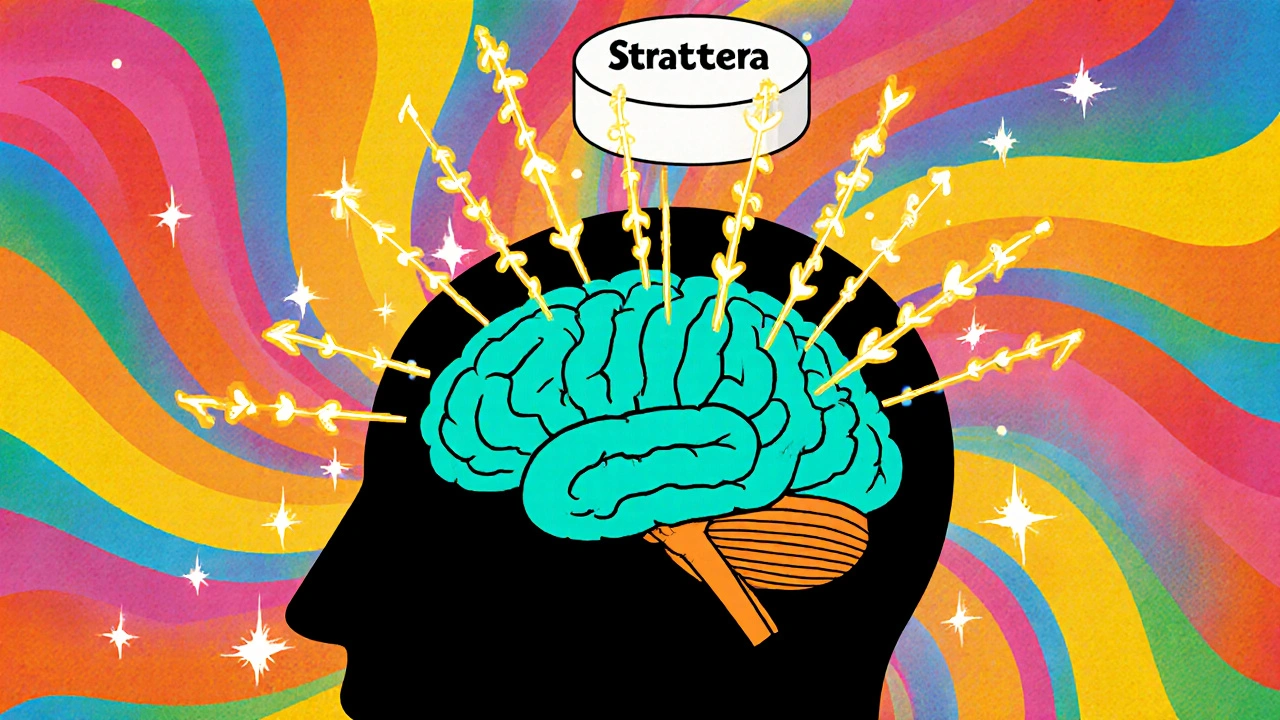
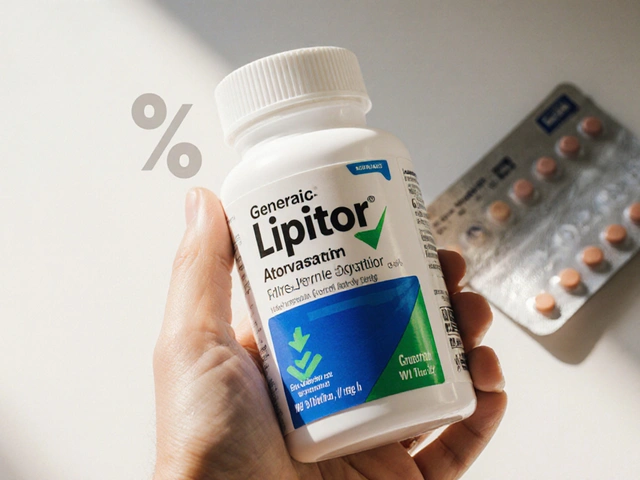
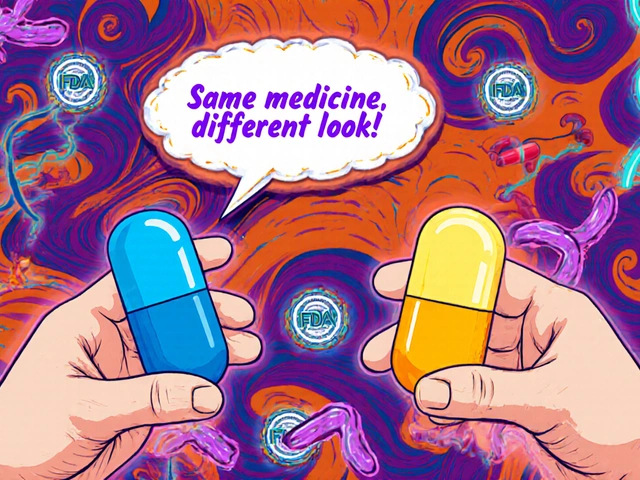
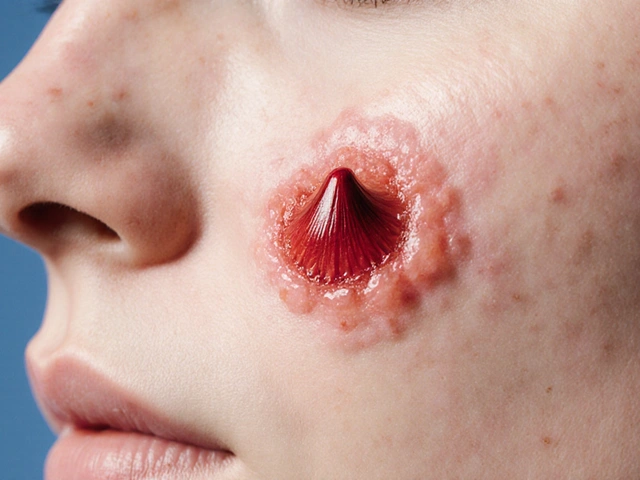
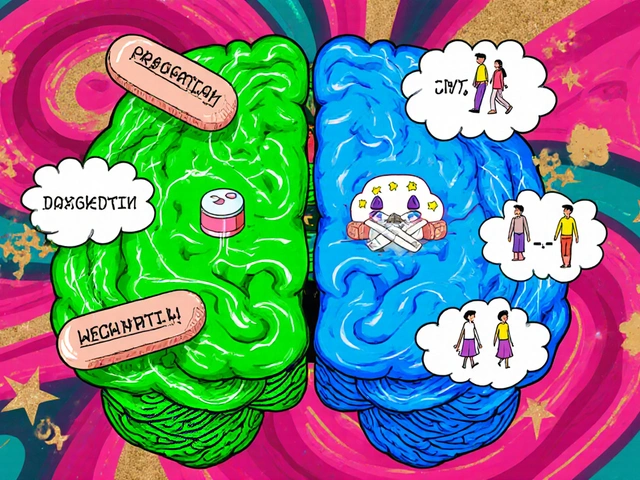
JessicaAnn Sutton
October 20, 2025 AT 13:00It is incumbent upon clinicians to weigh the absence of abuse potential in Strattera against its delayed therapeutic onset, for the well‑being of patients is paramount.
Israel Emory
October 22, 2025 AT 06:40While I respect the ethical considerations you raised, the practical reality-particularly in a school environment where immediate symptom control is essential-cannot be ignored, and therefore a stimulant may still be the most judicious choice, given its rapid onset and proven efficacy.
Sebastian Green
October 24, 2025 AT 00:20I’ve found Strattera helpful for my focus.
Wesley Humble
October 25, 2025 AT 18:00The pharmacodynamic profile of atomoxetine reveals a selective norepinephrine reuptake inhibition without appreciable dopaminergic activity, which accounts for its negligible reinforcement potential 📈. Consequently, patients with a documented history of substance misuse may benefit from its utilisation, provided that baseline cardiovascular assessments are completed and hepatic function is monitored regularly 🩺. Moreover, the reported incidence of insomnia and dry mouth, though modest, warrants proactive management through dose titration and adjunctive symptomatic therapy.
barnabas jacob
October 27, 2025 AT 10:40Honestly, the data you cite is pretty standard, but u gotta admit that the real‑world adherence rates for atomoxetine are meh, especially when patients experience those "dry mouth" side‑effects that can turn into compliance issues, ya know?
jessie cole
October 29, 2025 AT 04:20Let us remember that every individual’s response to medication can be a unique journey; the courage to persist through the initial weeks of Strattera, adjusting dosage as needed, may ultimately lead to a steadier focus and a brighter outlook for many.
Kirsten Youtsey
October 30, 2025 AT 22:00One cannot help but notice that the pharmaceutical narrative surrounding non‑stimulants is meticulously crafted, often downplaying subtle neurochemical influences while promoting a veneer of safety that aligns conveniently with industry interests.
Matthew Hall
November 1, 2025 AT 15:40It’s like the meds are part of a grand experiment, and we’re just the test subjects, tossed between hype and hype‑driven disappointment, all while they keep the real agenda hidden.
Demetri Huyler
November 3, 2025 AT 09:20When discussing the optimal pharmacological strategy for ADHD, it is essential to adopt a perspective that transcends mere clinical guidelines and reflects a broader cultural confidence in American medical innovation. The United States has long been a leader in neuropsychiatric research, and our drug development pipelines have delivered both stimulants and non‑stimulants that set global standards. Strattera, as a non‑stimulant, exemplifies the ingenuity of our biotech sector, offering a viable alternative for those wary of the abuse potential inherent to amphetamines. Yet, one must not overlook the inexorable fact that stimulants such as methylphenidate and Adderall achieve symptom control within hours, a speed that aligns perfectly with the fast‑paced demands of modern American life. This rapid efficacy is indispensable for students juggling rigorous curricula and for professionals navigating high‑stakes environments. Moreover, the socioeconomic landscape of the United States, with its emphasis on productivity, often justifies the acceptance of certain side‑effects in exchange for unparalleled focus. It is also worth noting that insurance frameworks here tend to favor cost‑effective stimulant formulations, thereby influencing prescriber habits. Still, for patients with a documented history of substance misuse, the non‑stimulant profile of atomoxetine offers a safeguard that is uniquely American in its commitment to individualized care. The regulatory oversight of the FDA ensures that any emerging safety concerns, such as hepatic injury, are swiftly addressed through post‑marketing surveillance. While some critics abroad may decry the prevalence of stimulant prescriptions, they fail to appreciate the nuanced risk‑benefit calculus that American clinicians employ daily. In practice, many physicians adopt a stepped approach: initiating treatment with a low‑dose stimulant, monitoring cardiovascular parameters, and transitioning to a non‑stimulant if tolerance becomes an issue. This flexibility is a hallmark of the American healthcare system’s adaptability. Additionally, the cultural narrative that celebrates resilience often encourages patients to persist through initial side‑effects, be they insomnia or appetite suppression, in pursuit of the ultimate goal of sustained attention. The broader implication is that medication choice is not only a medical decision but also a reflection of national values that prioritize determination and self‑improvement. As such, both Strattera and its stimulant counterparts occupy essential roles within the tapestry of American therapeutic options. Ultimately, the decision rests with the patient, the clinician, and the collective ethos that champions both innovation and personal agency.